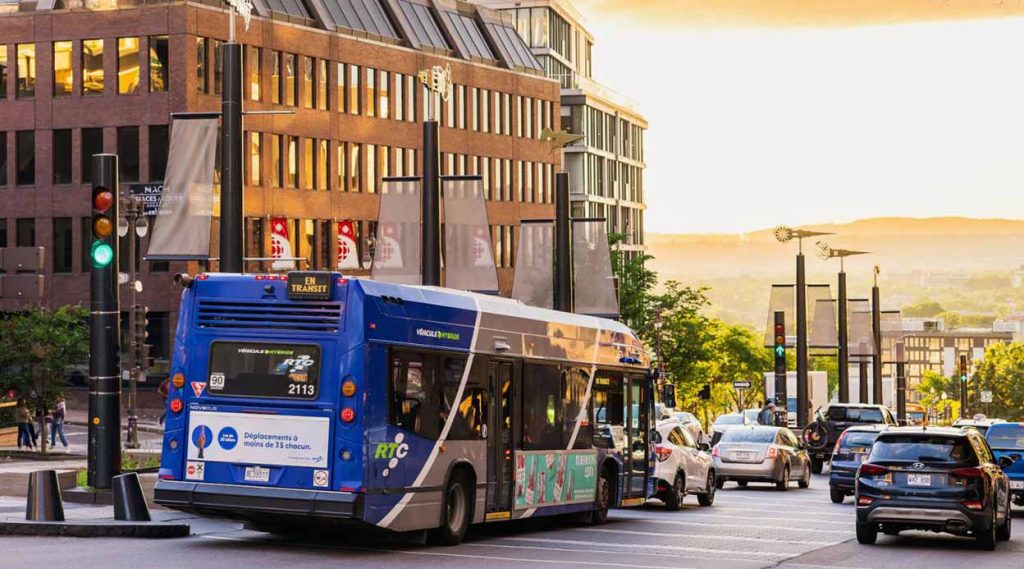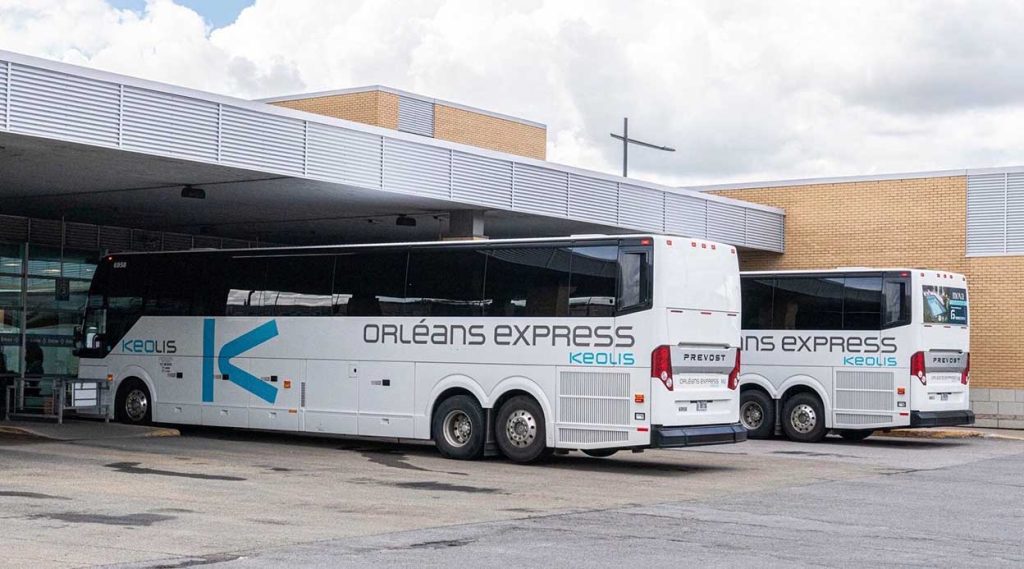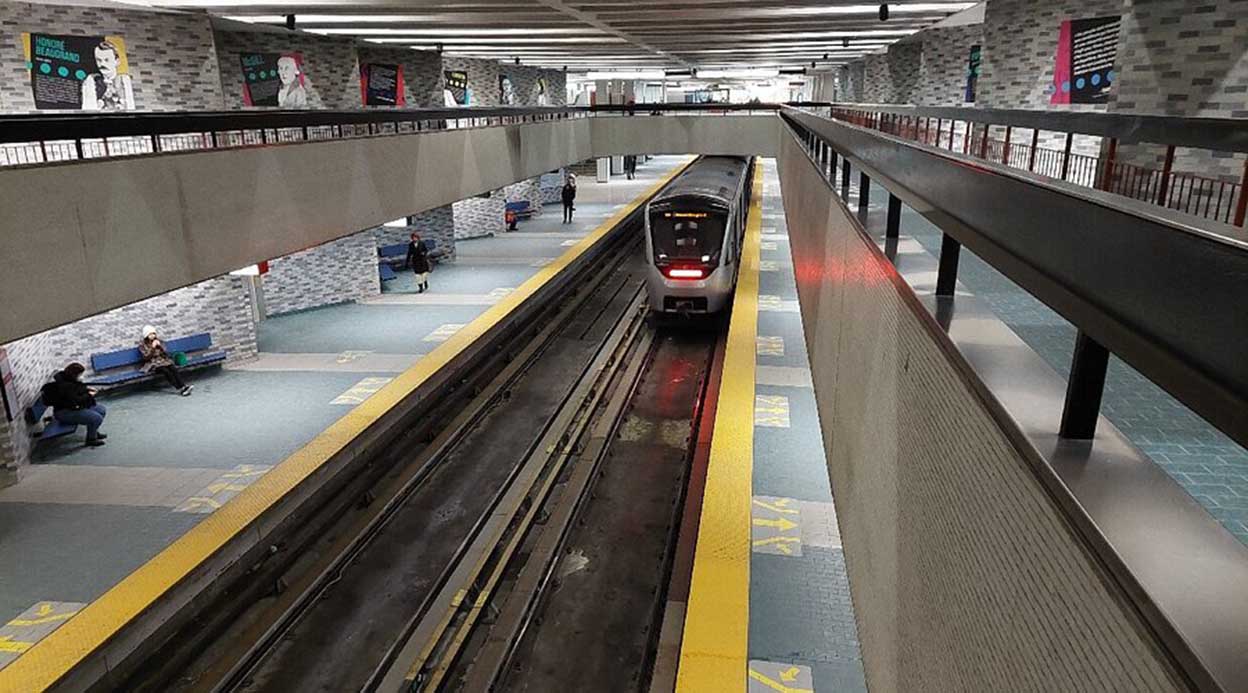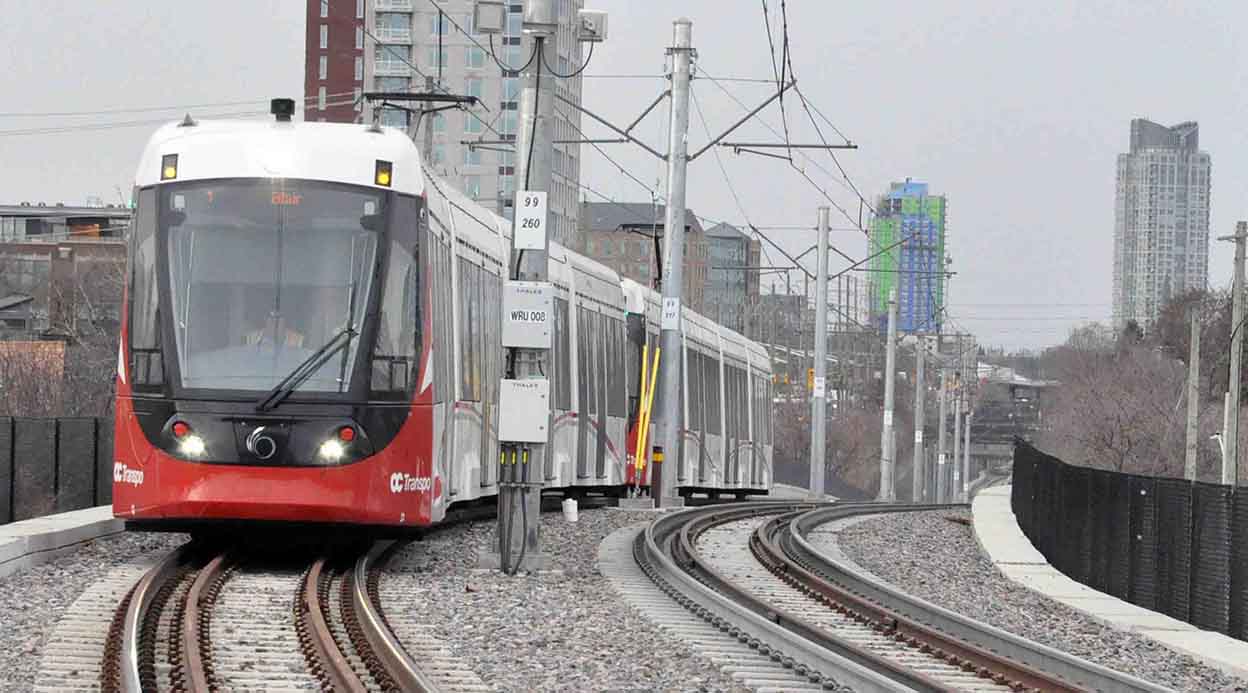Quebec, one of Canada’s most picturesque provinces, is a city that seamlessly blends old-world charm with modern convenience. From the cobblestone streets of Old Quebec to the serene landscapes along the St. Lawrence River, this city offers travelers a variety of experiences. One of the most efficient and enjoyable ways to explore Quebec and its surrounding regions is by bus or train. Whether you’re aiming to navigate the urban streets, make day trips to nearby towns, or simply enjoy the scenic routes, understanding your options for bus and train travel will make your trip smoother, more cost-effective, and more enjoyable.
Navigating Quebec City by Bus
Quebec City boasts an extensive bus network that makes getting around straightforward. The Réseau de transport de la Capitale (RTC) operates the city’s buses, connecting neighborhoods, key tourist sites, and suburban areas.
Types of Buses
- Regular City Buses: These buses run frequently and cover most parts of the city. They’re perfect for traveling from downtown hotels to attractions like Place Royale or Montmorency Falls.
- Express Buses: For commuters and travelers seeking faster routes, express buses reduce travel time by making fewer stops.
- Tourist Shuttle Buses: Certain lines, especially during peak travel periods, cater to tourists with stops at major attractions and scenic viewpoints.

How to Use Quebec City Buses
Using the bus system is simple once you get the hang of it. Tickets can be purchased at vending machines, some convenience stores, or directly from the driver (exact change is required). The RTC also offers rechargeable fare cards, which are ideal for visitors planning multiple trips.
Tips for Bus Travel in Quebec City:
- Plan your route in advance using the RTC website or mobile app.
- Pay attention to bus schedules, especially for evening trips, as frequency decreases later in the day.
- Keep your ticket handy; conductors do perform random checks.
- Buses are equipped with bike racks during warmer months, allowing for combined bike-and-bus sightseeing.
Exploring Surrounding Areas by Bus
For those looking to explore beyond the city center, intercity buses provide convenient access to neighboring towns and natural attractions. Companies like Orléans Express connect Quebec City to popular destinations such as Montreal, Saguenay, and Charlevoix.
Advantages of Bus Travel
- Affordability: Bus tickets are generally cheaper than train or rental car options.
- Flexibility: Multiple departures daily allow you to choose a schedule that fits your itinerary.
- Comfort: Modern buses come with spacious seats, onboard Wi-Fi, and luggage compartments.
Recommended Bus Trips from Quebec City
- Montmorency Falls: A short bus ride brings you to this spectacular waterfall, taller than Niagara Falls. The area offers cable car rides, walking trails, and breathtaking viewpoints.
- Île d’Orléans: Hop on a regional bus to reach this charming island, known for its orchards, vineyards, and artisan shops. It’s a perfect destination for a half-day or full-day excursion.
- Charlevoix Region: Ideal for nature lovers, the Charlevoix region features rolling hills, scenic highways, and quaint villages. Orléans Express buses make this region accessible without the need for a rental car.
Train Travel in Quebec
Train travel offers a different kind of charm. Via Rail Canada operates passenger train services connecting Quebec City with Montreal, Ottawa, and other destinations along the St. Lawrence corridor. Traveling by train provides a relaxed pace, comfortable seating, and an opportunity to admire the landscape.
Why Take the Train?
- Scenic Routes: Rail journeys pass through forests, rivers, and rural villages, providing photo opportunities that buses can’t match.
- Comfort: Trains offer larger seats, dining cars, and sometimes sleeper compartments for longer journeys.
- Stress-Free Travel: Avoid the traffic and parking hassles that come with driving or city buses.
Key Train Routes
- Quebec City to Montreal: This route takes around three hours, passing through charming towns and offering river views. It’s perfect for a day trip or a longer stay in Montreal.
- Quebec City to Ottawa: Ideal for travelers interested in history and culture, this route takes you through Eastern Canada’s beautiful landscapes.
- Quebec City to Rimouski and the Lower St. Lawrence Region: A less-traveled route, it’s ideal for exploring smaller towns and coastal scenery.
Tips for Train Travel
- Book tickets early for better fares and seat selection.
- Arrive at the station at least 30 minutes before departure.
- Take advantage of the dining car or bring snacks for longer trips.
- Consider off-peak travel for a quieter, more relaxed experience.
Combining Bus and Train Travel
Many travelers find that combining bus and train travel allows them to maximize their Quebec itinerary. For example, you might take a train to Montreal for a city stay and then use intercity buses to explore surrounding towns or nature reserves. Using both modes of transport gives you flexibility without the cost or stress of renting a car.
Sample Itinerary
Day 1: Arrive in Quebec City, take the city bus to your hotel, and explore Old Quebec on foot.
Day 2: Take a morning bus to Montmorency Falls, return in the afternoon, and enjoy dinner in the Old Port.
Day 3: Board a Via Rail train to Montreal. Spend the day sightseeing, then stay overnight.
Day 4: Use intercity buses from Montreal to explore nearby villages or wine regions, returning to Montreal in the evening.
Day 5: Train back to Quebec City, stopping at points of interest along the route if time permits.
This combination allows travelers to enjoy scenic rail journeys, efficient bus transfers, and the flexibility to explore off-the-beaten-path destinations.
Booking Tips and Resources
- Via Rail Canada: The official site offers tickets, schedules, and onboard service details. Booking online in advance often results in better fares.
- Orléans Express: This company provides extensive bus routes connecting Quebec City with Montreal, Charlevoix, Saguenay, and more.
- RTC Mobile App: Essential for city bus travelers; it provides real-time bus tracking and route planning.
- Travel Packages: Some tour operators offer combined train and bus passes for tourists, which can save money and simplify planning.

Advantages of Public Transportation in Quebec
- Cost-Effective: Using buses and trains is often cheaper than taxis or rideshares.
- Environmentally Friendly: Public transit helps reduce carbon footprints, which is especially important in preserving Quebec’s natural beauty.
- Stress Reduction: Avoid the hassle of parking and navigating unfamiliar streets.
- Local Experience: Traveling alongside locals gives you a better sense of the culture and daily life.
Practical Tips for a Comfortable Journey
- Pack Smart: Bring a small backpack for essentials, as luggage storage space can be limited on buses and trains.
- Layer Clothing: Weather can vary significantly, so dressing in layers is ideal for comfort.
- Stay Hydrated and Bring Snacks: While trains may offer dining options, buses usually require passengers to bring their own food and drinks.
- Plan for Delays: Weather or traffic can occasionally affect schedules, so allow buffer time when planning transfers.
- Accessibility: Most buses and trains are wheelchair-accessible. Check ahead for specific assistance options.
Food and Comfort Along the Way
Whether on a bus or train, Quebec offers plenty of opportunities to enjoy regional cuisine. Many stations have cafés and restaurants where travelers can grab a quick bite before departure. Consider trying local specialties like poutine, tourtière, or maple-infused treats to get a true taste of Quebec.
For longer train trips, consider bringing your own snacks or beverages, as dining cars may have limited menus. Packing a reusable water bottle is also recommended, as hydration is key during travel.
Lifestyle and Scenic Experiences
Traveling by bus and train in Quebec isn’t just about getting from point A to point B—it’s part of the experience. Trains provide a slower pace, allowing you to admire the changing landscapes, from historic neighborhoods to forests and rivers. Bus journeys give insight into daily life, as you share the ride with locals commuting, shopping, or heading to school.
For those interested in photography, the rail routes along the St. Lawrence River are particularly photogenic, offering opportunities to capture scenic bridges, riverbanks, and charming towns. On buses, you’ll pass through neighborhoods and streets that might not be accessible by train, giving a more intimate view of the city.
Quebec offers an efficient, enjoyable, and scenic network of buses and trains that can take travelers from the heart of the city to distant regions without the stress of driving. Understanding the routes, schedules, and ticketing options allows for a seamless experience, whether you are exploring Old Quebec, venturing to natural attractions, or taking a longer journey to Montreal or Ottawa.
By combining city buses, intercity buses, and trains, travelers can create an itinerary that maximizes convenience, cost-effectiveness, and scenic opportunities. The charm of Quebec is best experienced at a relaxed pace, allowing you to enjoy not just the destinations but the journey itself.
Incorporating bus and train travel into your Quebec trip will leave you with memories of both the city’s iconic landmarks and its hidden corners, all while experiencing the region as locals do. Whether you’re a solo traveler, a couple, or a family, Quebec’s public transportation offers a comfortable, reliable, and enriching way to explore one of Canada’s most captivating provinces.




